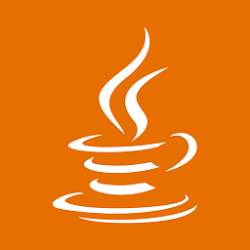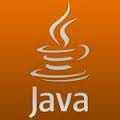Introduction to Java Memory Management In this article I am going to explain more about the JVM memory management inside Java Virtual Machine (JVM). If you are a Java developer, understanding the Java memory management inside JVM will be much helpful on investigating performance issues related to memory leak, garbage collection, etc. which are critical …
JVM
How To Get JVM Start Time And Date
This example shows how to get the start time and date for the current execution environment of Java Virtual Machine (JVM). RuntimeMXBean in the Java lang package helps in getting the details of the JVM start time. By invoking the method getStartTime() in RuntimeMXBean class, it returns the time in long number which can be …
How To Set Tomcat JVM Heap Size in Eclipse?
If JVM head size for Tomcat is not enough, you would get the error java.lang.OutOfMemoryError. If you are using eclipse, it is easy to increase the available heap size by using the server configurations. Look at the below steps to configure the VM arguments passed to JVM for running the tomcat server. 1. Open Server …
What is the difference between JRE,JVM and JDK?
If you are a Java developer, it is very often that you think about understanding the JRE,JVM and JDK. Once if you understand these things, it would be quite easy for you to visualize things in logical manner. Also look at the picture below, that will clear all your questions about the JRE,JVM and JDK. …




